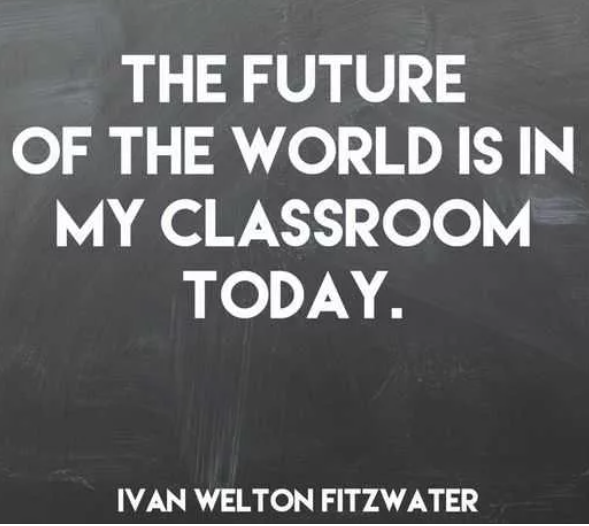In our everyday life, we have seen the emergence of technology in all aspects of our lives. People use technology as a form of entertainment, as a tool to help them communicate with others, monitor their health, and enhance job performance. It is common to see numerous people using some form of technological device as if it was the very air they breathe. There is a need to take the technology that seems so simple and easy to use and make it useful in the classroom. Some educators believe that integrated technologies into their classrooms will cause more of a distraction and take away the students’ ability to grasp knowledge. It has been suggested that many teacher education programs have not been preparing teacher candidates adequately enough to integrate technology so then often teachers in the classroom are reluctant to use technology for teaching and learning. So how do we successfully give the teachers the tools they need to for a classroom?
Knowing how to use digital media technology for personal use is different from knowing how to use this media for instructional purposes. Teachers are often confident with technology for personal use, but it did not necessarily mean that they were capable of using technology as the classroom instructor. Teachers need to develop a knowledge base that goes beyond technical proficiency, into learning about how technology is used for various forms of representations of subject matter. Digital Media Technology can be challenging to work with because many teachers have are not formally trained. For students there has never been a day in their lifetime computers were not a part of it. Many teachers are stuck with the mindset this idea is how I learned, this event is how I have always taught it, they would like to use more technology, but they are not sure how to implement technology to fill their needs. Integrating technology into the classroom is successful when it is used appropriately and knowledge is gained on the subject. Whenever technology is used to enhance a lesson students are much likely to be engaged in the activities and more excited to participate. Students that remain fully engaged with the material are more likely to absorb more information.
Finding the right type of digital media that is useful and appropriate for the teacher and students can be overwhelming. What works best for one situation may not work at all for another. The days of just needing a pen, paper, and a textbook are gone. There is no denying that the future of technology will continue to revolutionize our lives. Keeping up with all the innovations and adapting them to the classroom will be the new be norms. Future technology is sure to transform our lives in unbelievable ways, and teachers to be successful will need to keep up with the changes. Keeping up with the innovations is important and teachers need to determine the way technology can assist them in the classroom.
Whenever technology is used to enhance a lesson students are much likely to be engaged in the activities and more excited to participate. Students that remain fully engaged with the material are more likely to absorb more information. Clear expectations need to be put in place and students need to be monitored and reminded to stay on task. Integrating technology into the classroom is successful when it is used appropriately and knowledge is gained on the subject. Whenever technology is used to enhance a lesson students are much likely to be engaged in the activities and more excited to participate. Students that remain fully engaged with the material are more likely to absorb more information. Clear expectations need to be put in place and students need to be monitored and reminded to stay on task. Love it or hate it, technology in the classroom is here to stay. Many educators have already seen the benefits, from higher engagement to improved retention rates. By taking advantage of technology and implementing digital media in a positive way, schools can promote better learning for the students of the future.
